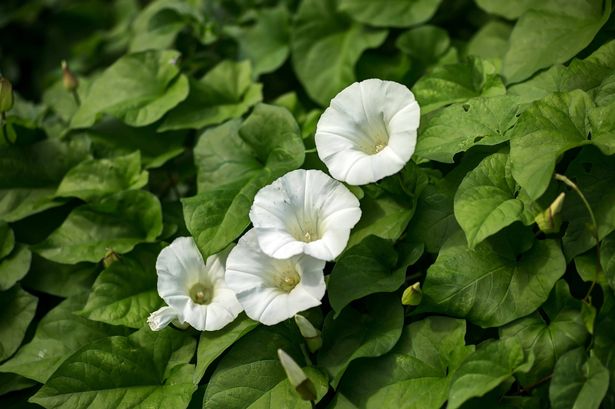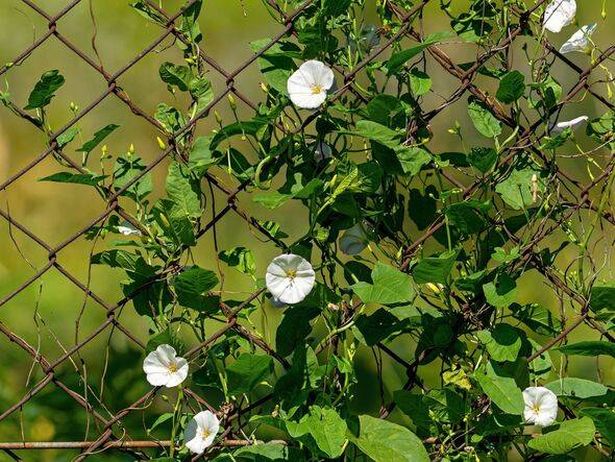This wildflower can compete with other plants in your garden and effectively “strangle” them, so if you’re keen to remove it, there’s one important thing you should do. Bindweed might look pretty, but it competes with other plants in your garden (Image: jamesvancouver via Getty Images)
Bindweed might look pretty, but it competes with other plants in your garden (Image: jamesvancouver via Getty Images)
For avid gardeners, carefully monitoring for weeds and pests is essential for your garden’s health.
One particular variety you might think is innocent is bindweed, technically classified as a wildflower, but it can spell trouble for your outdoor space.
These wildflowers have very lengthy root systems and can effectively “choke” other plants in your garden, ultimately destroying them.
Since the roots extend so deeply underground, getting rid of them can be challenging, and even after removal, they’re capable of re-growing.
However, gardening expert Simon Akeroyd says there’s a straightforward method to ensure they are gone for good.
In a recent video, he highlighted that bindweed can become a “nightmare” when discovered in your garden.
This is because they compete with other plants for moisture and sunlight, with their extensive root network providing them with a significant competitive edge.
He warned that it will “spread rapidly” without proper management, so swift action is key. Here’s what you should do if you find bindweed in your garden, as reported by the Express.
 Bindweed can be really difficult to get rid of if it’s growing in your garden(Image: Getty)How to get rid of bindweed
Bindweed can be really difficult to get rid of if it’s growing in your garden(Image: Getty)How to get rid of bindweed
Bindweed spreads fast, so if you want it out of your garden, it’s important to act quickly. First, pull the weeds from the earth, ensuring you retrieve the complete root system.
Simon explained: “Every last bit of the root needs to be removed from the soil.” However, once you’ve plucked it, don’t place it directly into your compost heap.
Content cannot be displayed without consent
Even after being uprooted, bindweed roots can continue to grow from the compost and overrun your garden.
Instead, place a large piece of chicken wire over your compost heap and lay the freshly picked bindweed roots on top. Allowing them to dry out for several weeks will cause them to die off, preventing further growth.
This single action – placing the bindweed on chicken wire rather than directly onto the compost pile – can help ensure the weed doesn’t make a comeback.
Only when the bindweed is thoroughly dried out should you add it to your compost, as this eliminates any risk of it regrowing.


Comments are closed.